Drones Enhance Disaster Response and Weather Prediction
According to a recent report from ABC 11 Eyewitness News, drones are playing an increasingly vital role in both responding to natural disasters and improving their prediction. This technological advancement is creating new opportunities for veterans and revolutionizing weather forecasting.
Veterans Taking Flight with Drone Skills
Vets to Drones, a Raleigh-based organization, is training veterans to become licensed drone pilots. This certification opens doors to various industries, particularly in disaster response.
Drones in Action: Hurricane Idalia and Nash County Tornado
When Hurricane Idalia struck Florida in 2023, drone pilots assisted Search and Rescue crews and conducted power line inspections to expedite power restoration. Similarly, in July 2023, drone pilots responded to an EF-3 tornado in Nash County, showcasing the versatility of this technology in different disaster scenarios.
NOAA’s Saildrone Program: Predicting Storms from the Sky
The National Oceanic and Atmospheric Administration (NOAA) is taking Drone Technology to new heights with its Saildrone program. Dr. Greg Foltz, the lead scientist, explains:
“We’re measuring the wind, the air pressure, the surface pressure, the temperature and humidity, the salinity of the ocean and the ocean waves. All of this data is shared around the world in real time.”
This program collects critical weather data that was previously difficult or impossible to gather effectively, enhancing meteorologists’ ability to predict storm behavior.
A Multi-Dimensional Approach to Storm Tracking
NOAA’s approach combines various technologies to create a comprehensive picture of storms:
“There are aerial drones deployed from hurricane hunter aircraft, and there are vehicles under the water called ‘gliders.’ We are trying to get all of them lined up in the storm, and that will give us a good knowledge of the whole structure of the ocean and the atmosphere,” Foltz said.
The focus is on gathering data from hurricane eyewalls, which is particularly challenging but invaluable for understanding complex ocean-atmosphere interactions.
DroneXL’s Take
The integration of drone technology in disaster response and weather prediction represents a significant leap forward in our ability to protect lives and property. By providing real-time data and access to previously unreachable areas, drones are proving to be indispensable tools for First Responders and meteorologists alike.
As drone technology continues to evolve, we can expect even more innovative applications in the field of disaster management and environmental monitoring. The training of veterans as drone pilots not only provides valuable skills to former service members but also ensures a skilled workforce ready to deploy this technology when it matters most.
The collaboration between various agencies and technologies, from aerial drones to underwater gliders, showcases the power of a multi-faceted approach to understanding and predicting natural disasters. As we face increasing climate challenges, these advancements in drone technology offer hope for more accurate predictions and faster, more effective responses to natural disasters.
Photo courtesy of NOAA.
Discover more from DroneXL
Subscribe to get the latest posts to your email.

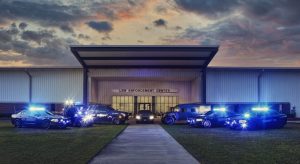
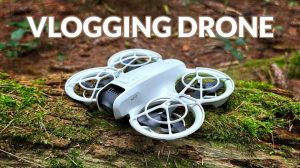

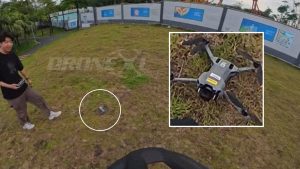
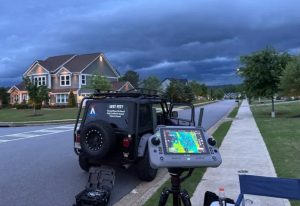
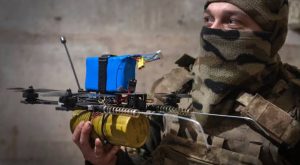
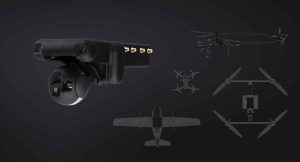
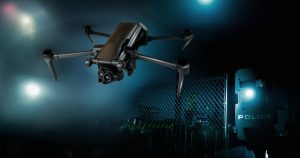
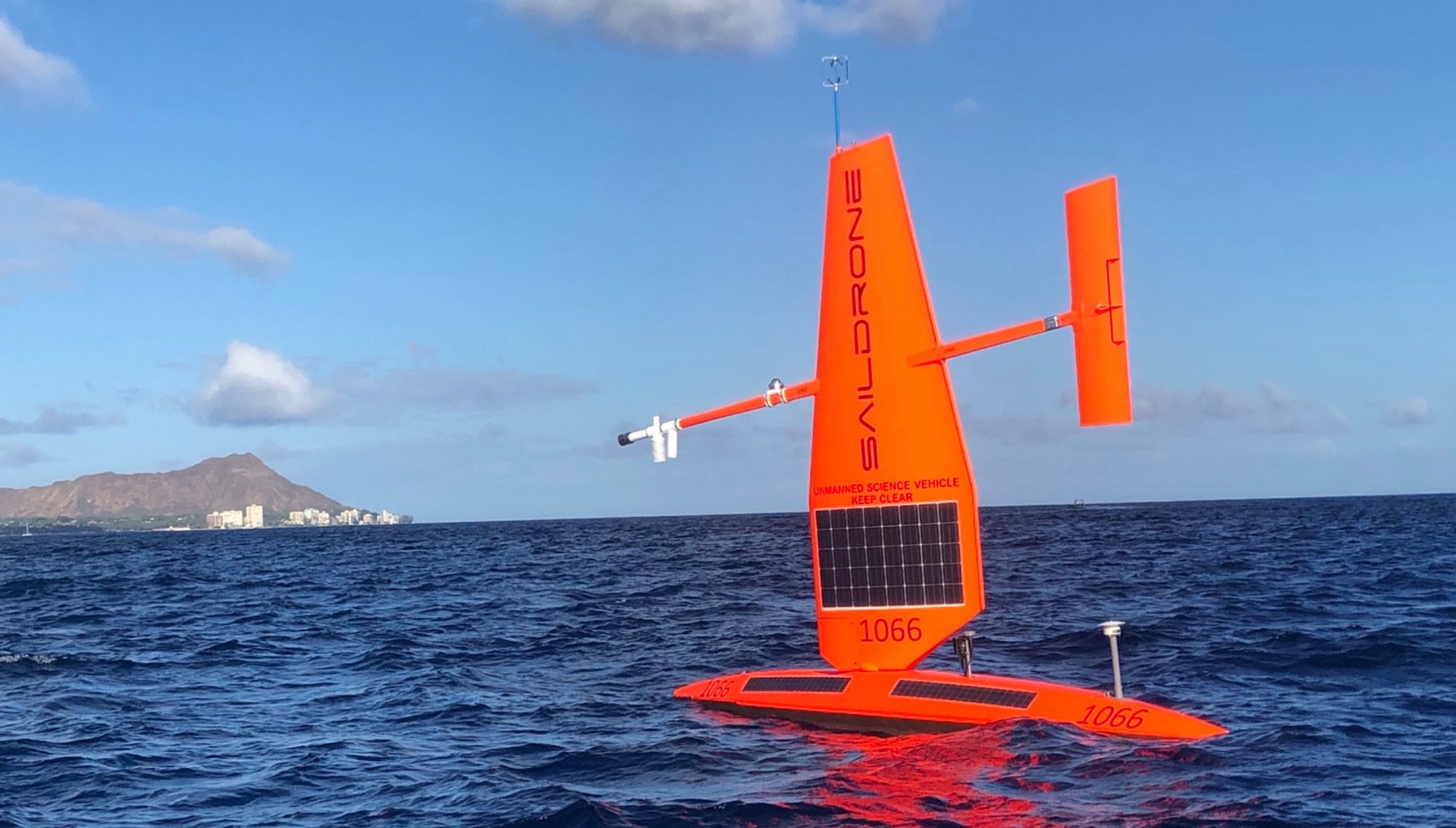
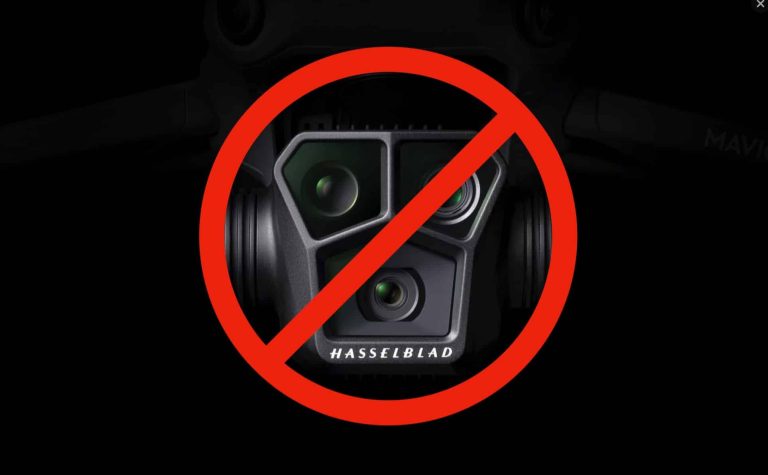
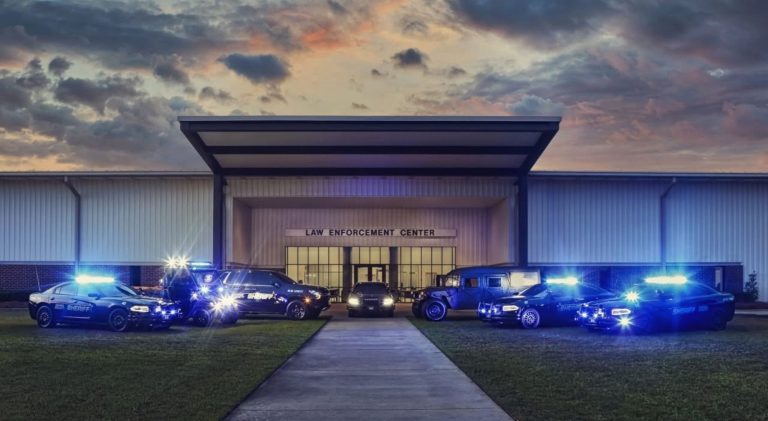
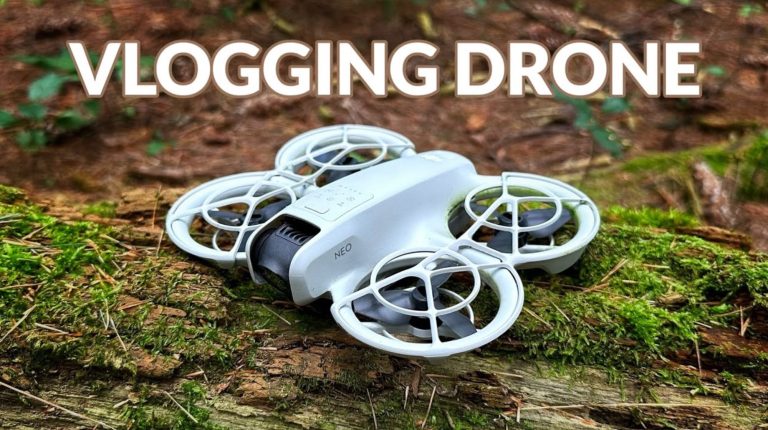
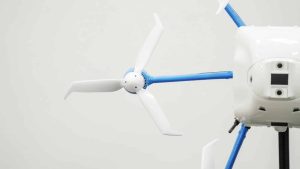


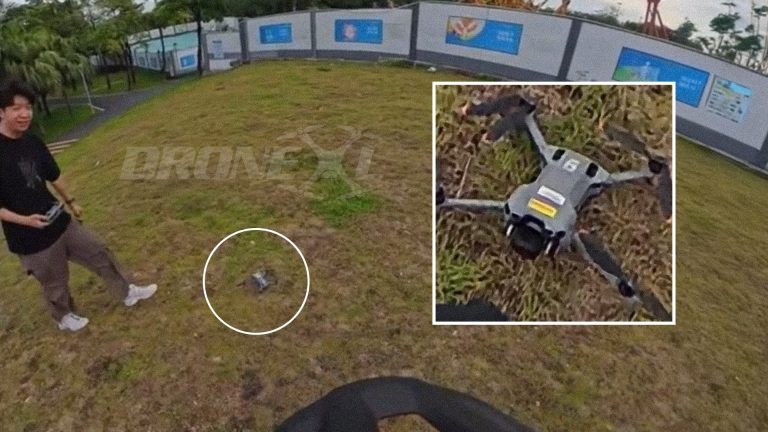

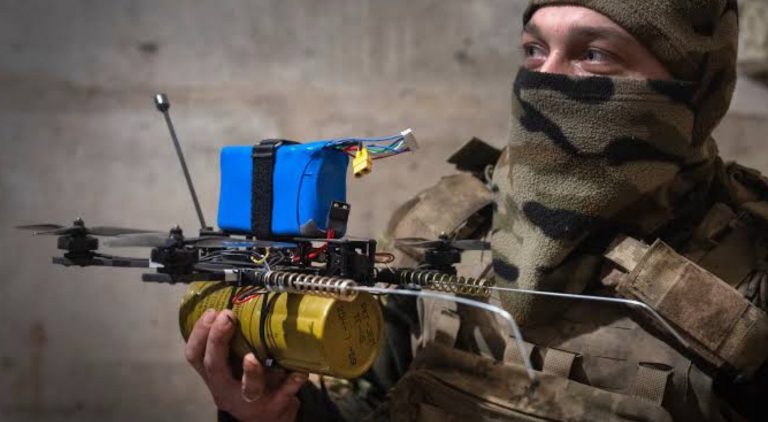
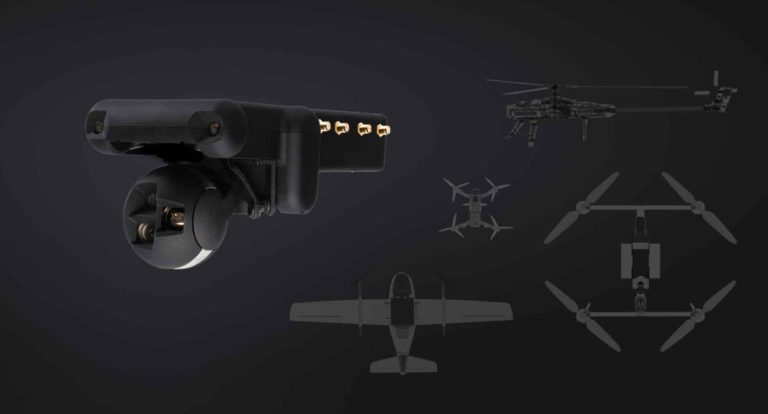
+ There are no comments
Add yours